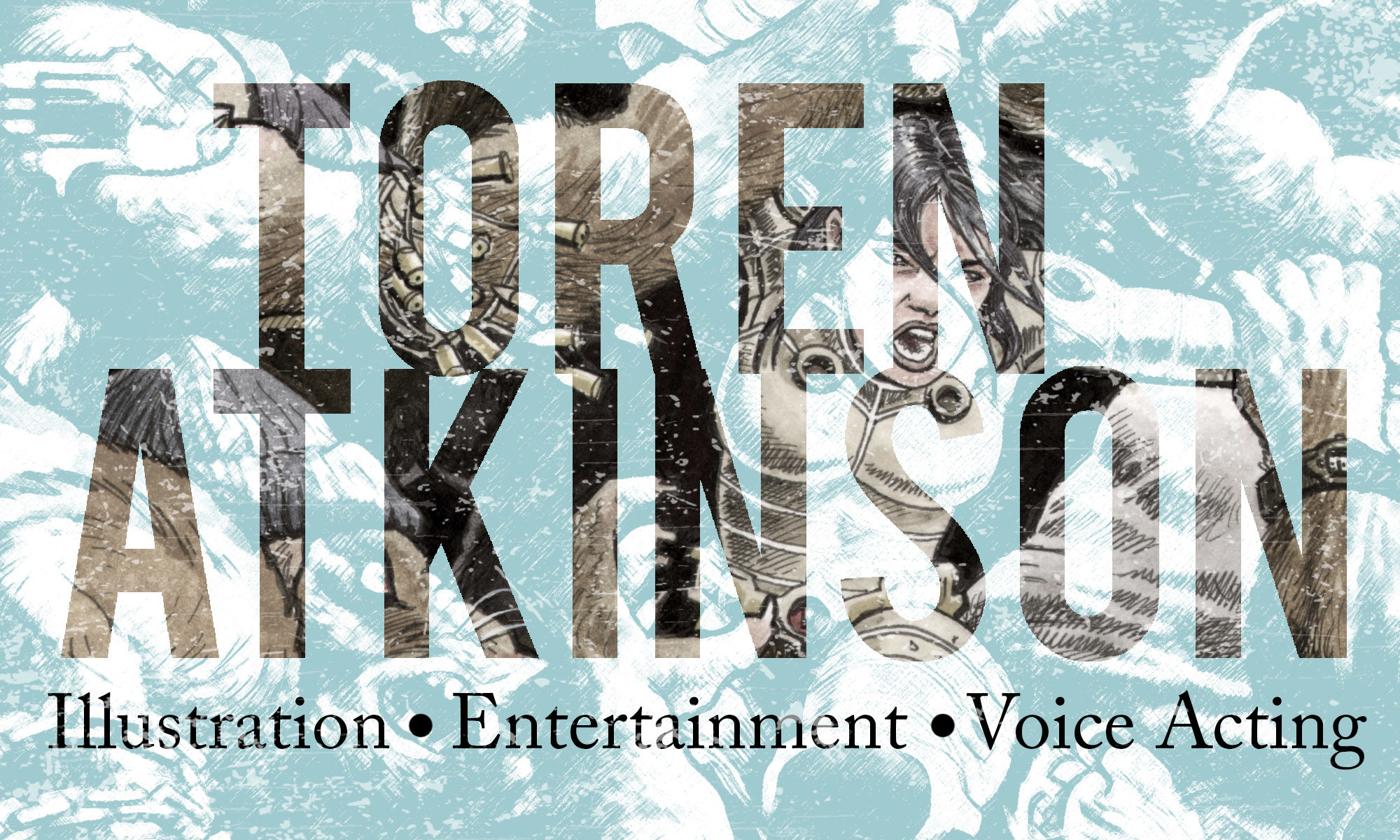Last year I worked on the Astonishing X-Men motion comic for Atomic Cartoons. My job was in the art department, specifically characters (not to be confused with the background artists or the animation department). So what exactly did I do? What are the challenges of taking an established comic book, in this case written by Joss Whedon and illustrated by John Cassaday and turning it into a “motion comic” which is somewhere between a comic and a cartoon?
First off, check out this clip from youtube:
Now, here’s a scan of the original comic book.
As you can see, this particular page is three panels and they are all vertical. In a motion comic, however, the format is the standard TV ratio 4:3, as shown to the right. It’s the job of the director and storyboard artist to figure out how best to translate the printed page into this format. In panel one, it’s easy, start at the top of the tall panel and slowly track down to the group of X-Men, as seen in the clip. (The animators added some jitter and smoke effects) The second panel is similar, but rotated 90 degrees, not much work for the illustrator (me) to do on that one either.
Panel 3, however, is different. Here’s three screen shots of the video clip which I quickly patched together in Photoshop:
In the original comic, you can’t see Wolverine’s backside, or the top and bottom of the robot’s head. It was my job (and my teammate’s David and Carmen) to create all of that. Usually that was done from scratch, but sometimes there were poses and images re-used from panels earlier or later in the comic. It all depended on the scene.
In addition to filling out characters that were partially (or sometimes fully) “offscreen” in the print version, there’s also the matter of filling in what was behind characters whenever they moved. This was often a background artists job, but if for example in the print version we see Wolverine’s claws in front of his face, and in the motion comic the storyboard calls for it to start on Wolvie’s unobscured face and for the hands to then move into the shot and then pop his claws, it’s the character art department’s job to make sure the empty spots behind the claws are filled in with some good-lookin’ art. Same deal if one character steps away from someone behind him.
Make sense? I hope so!





You must be logged in to post a comment.